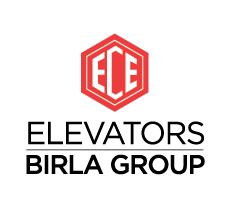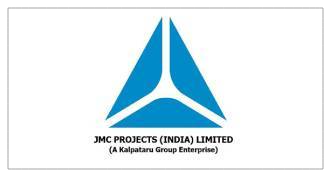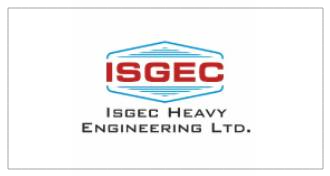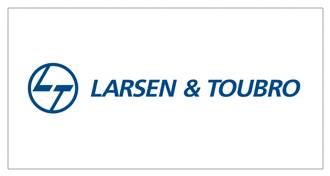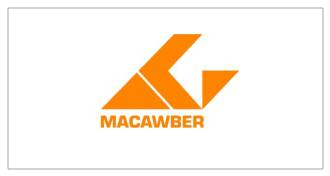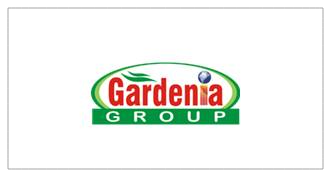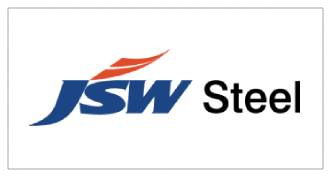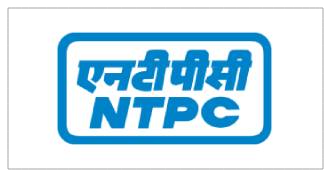
Faqs
Do You Have Any Questions?

Elevators carry Passengers as an essential part of the vertical transportation system. The elevator system is made of several moving parts, which are exposed to regular vibration, and wear and tear as it moves up and down. To keep the system in optimal safe condition, periodic maintenance is a must.
A home elevator is installed inside a home & meant to be used by residents of the home. It can serve up to four floors &. carry up to 4 passengers (272 kg). Home elevators come with speeds of 0.20 MPS & 0.40 MPS with a single-phase motor.
The space required is 1500mm width X 1500mm Depth. Pit of 500mm & overhead of 3500mm. It facilitates carrying a wheelchair.
Now a days most of the lift companies are using PM motors with VF drives requiring, substantially less consumption of electricity.
The normal life of an elevator is 20 years with periodic maintenance and replacement/modernisation of parts as recommended by the OEM.
It depends on several variables like the number of stops/openings, capacity of the car, speed of the elevator, type of control/features & aesthetics.
It is a long process, for easy understanding, first an elevator shaft is to be provided by the owner/builder as per the capacity of the elevator required. General Arrangement Drawing (GAD) is provided by the elevator company after the survey of the site/hoistway. The supplier designs and manufactures elevators according to the requirements of the customer. The material is supplied by the elevator company according to the progress of the building. The trained erectors and elevator supervisors coordinate with the owner/builder to install the elevator in the shaft. The owner needs to complete the architrave work and provide 3 3-phase power supply as per the recommendation of the elevator supplier before the elevator can be installed & commissioned. After the physical installation of the elevator, the elevator is commissioned and fine-adjusted by the company engineers. All the safeties are checked & tested before the elevator is handed over to the owner of the elevator. In the state where lift rules are applicable, the owner needs to get permission to install the elevator and also a license to run the elevator from the authorities concerned.
The frequency of maintenance visits by trained engineers depends on the usage, type of equipment, and type of building. however once in the quarter is generally recommended.
Generally, a warranty of 1 year is provided by the elevator supplier.
These elevators are safe if purchased from a reputed company and periodically maintained by the trained engineers of the OEM.
The elevator can run between two floors, hence minimum two floors are required for the installation of an elevator.
Traction lifts are most suitable for installation in homes.
2 passenger elevator is not permitted as per IS. The minimum capacity for a passenger lift as per IS is 272 kg (4 Passenger)


The cost of installing an escalator depends on several variables like degree of inclination, Step width, Rise, speed, number of flat steps, controls, features, etc.
The frequency of maintenance visits by trained engineers depends on the usage, type of equipment, and type of building. however once in the quarter is generally recommended.
The consumption of electricity depends on the usage of the escalator, population catered, rise, motion control, etc.
The escalator steps are designed according to passengers - One passenger (step width- 600 mm) and two passengers (step width-1100 mm) per step.
The maximum speed of the escalator allowed as per IS is (a) 0.50 MPS for an inclination of more than 30 degrees to 35 degrees and(b) 0.75 MPS for an inclination up to 30 degrees.
An escalator is generally provided where a high volume of passengers must be moved per hour. It is not meant to carry heavy loads or passengers with disabilities/wheel chair etc.
